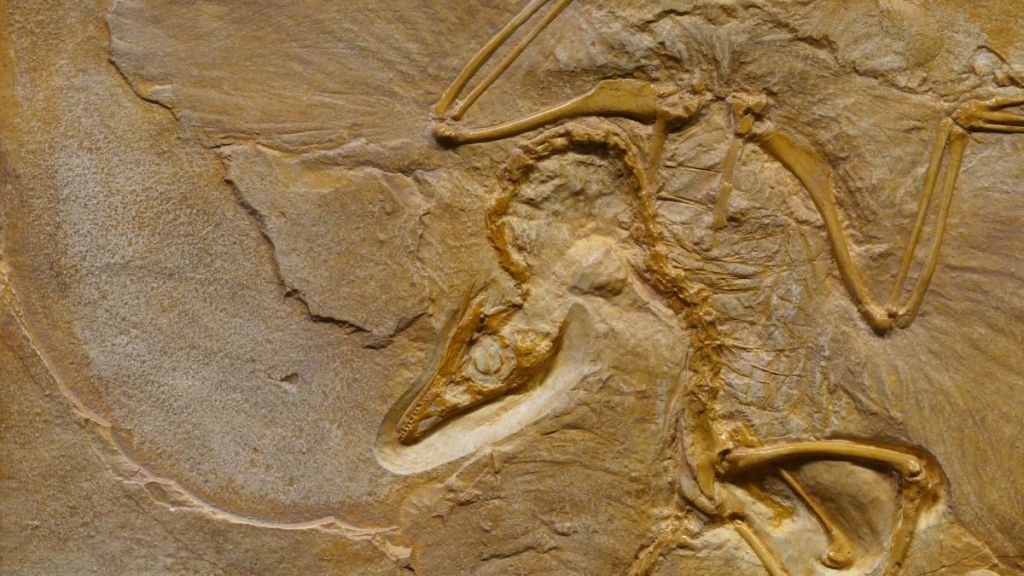In a new research, it has been found that there were flying, winged reptiles that lived in Somerset 200 million years ago. These reptiles were closely related to the ancestors of crocodilians and dinosaurs. The Kuehneosaurs also resemble lizards, according to a study by the University of Bristol.
The small animals could fit in the palm of a hand. Student Mike Cawthorne initially aimed to uncover dinosaur bones but ended up discovering everything except dinosaurs. Among the findings were two species of Kuehneosaurs, distinguished by extensive or shorter wings made of a skin layer stretched over elongated side ribs, enabling gliding from tree to tree.
Like the modern flying lizard Draco from southeast Asia, the kuehneosaurus roamed on the ground, climbing trees to prey on insects. Utilizing their wings, these creatures could launch into the air when startled or spotting an insect, landing safely 39ft (10m) away.
The discovery was made by Mr. Cawthorne, a master’s student who researched reptile fossils from limestone quarries on the Mendip Palaeo-island, the largest subtropical island of its time. His study, published in Proceedings of the Geologists’ Association, also documented reptiles with complex teeth, such as the trilophosaur Variodens and the aquatic Pachystropheus, thought to have lived similarly to a modern-day otter.
These animals likely ended up in caves or cracks in the limestone, either falling or having their bones washed into these formations. The collections Mr. Cawthorne studied date back to the 1940s and 1950s when the quarries were still active.
Professor Mike Benton from Bristol’s School of Earth Sciences highlighted the challenging task of identifying fossil bones, most of which were not part of complete skeletons. However, the study revealed that the Mendip Palaeo-island housed diverse small reptiles feeding on plants and insects across its nearly 18.6-mile (30km) length from Frome to Weston-super-Mare.
Although no dinosaur bones were found in this study, Professor Benton suggested that they likely existed in the area, given the discovery of dinosaur bones in other locations of the same geological age around Bristol.

